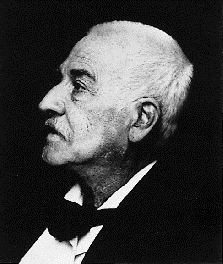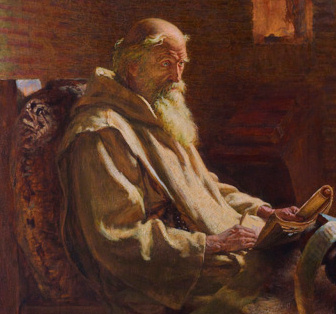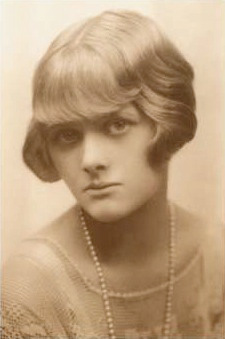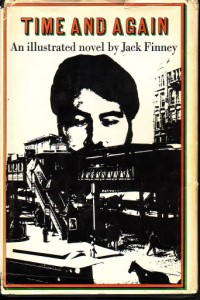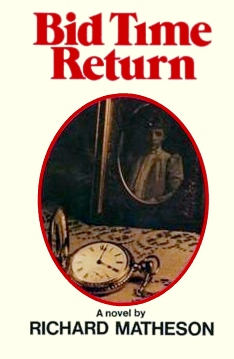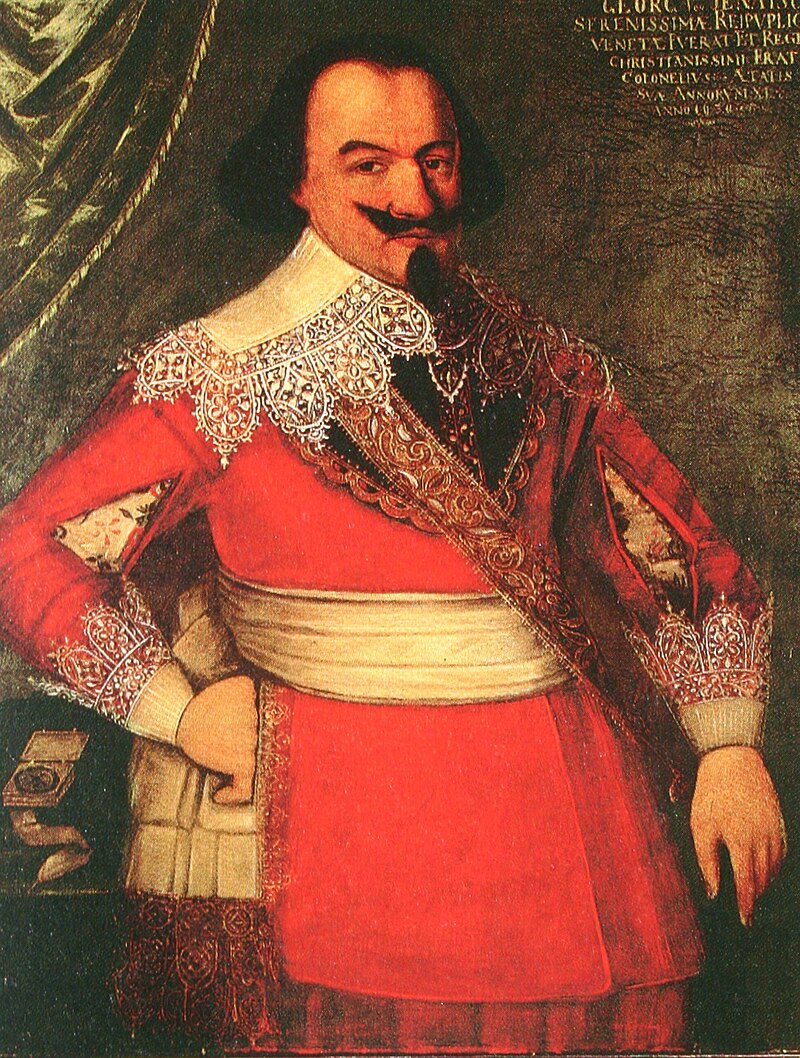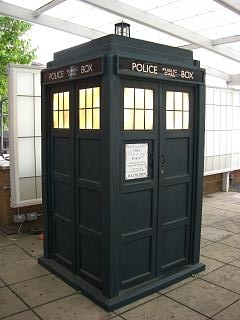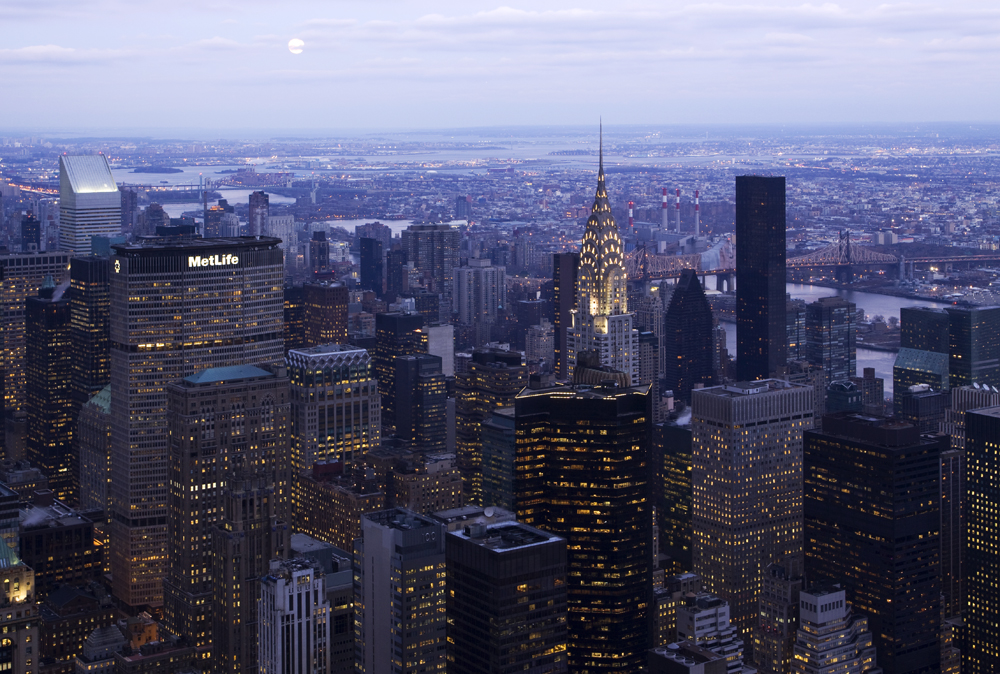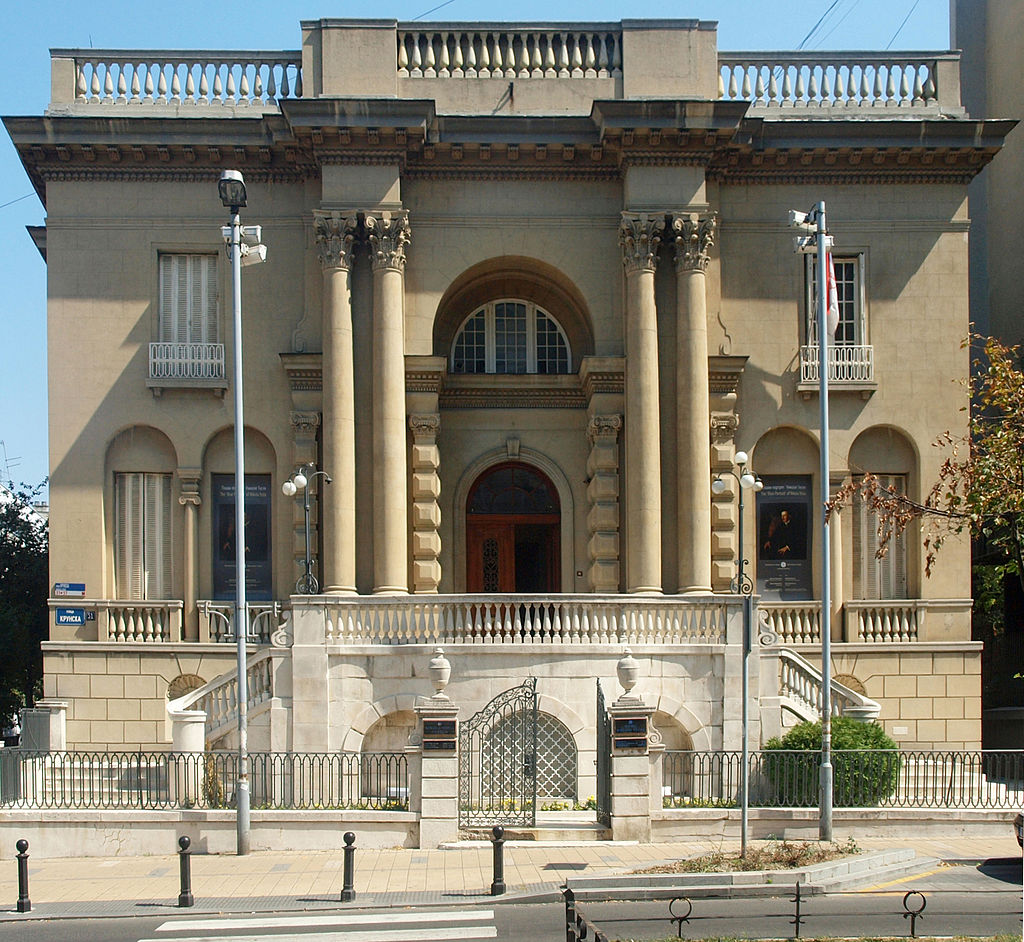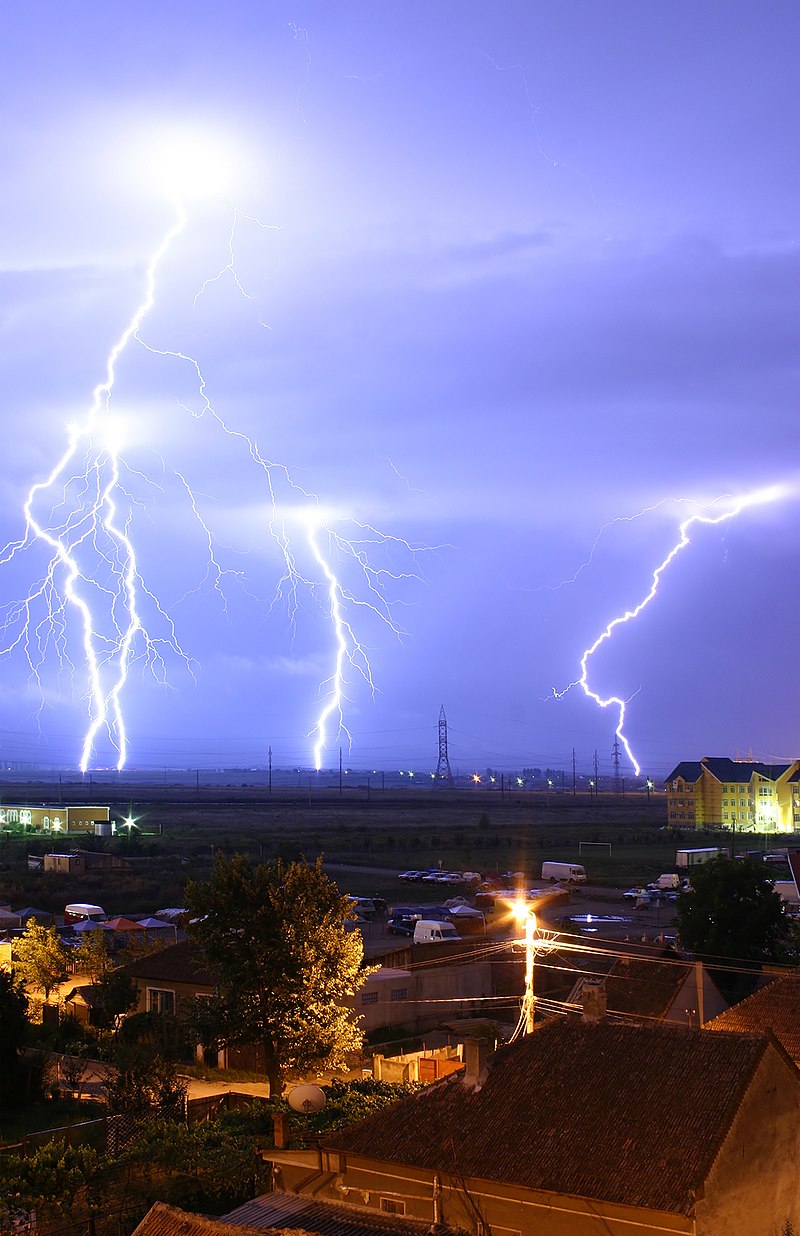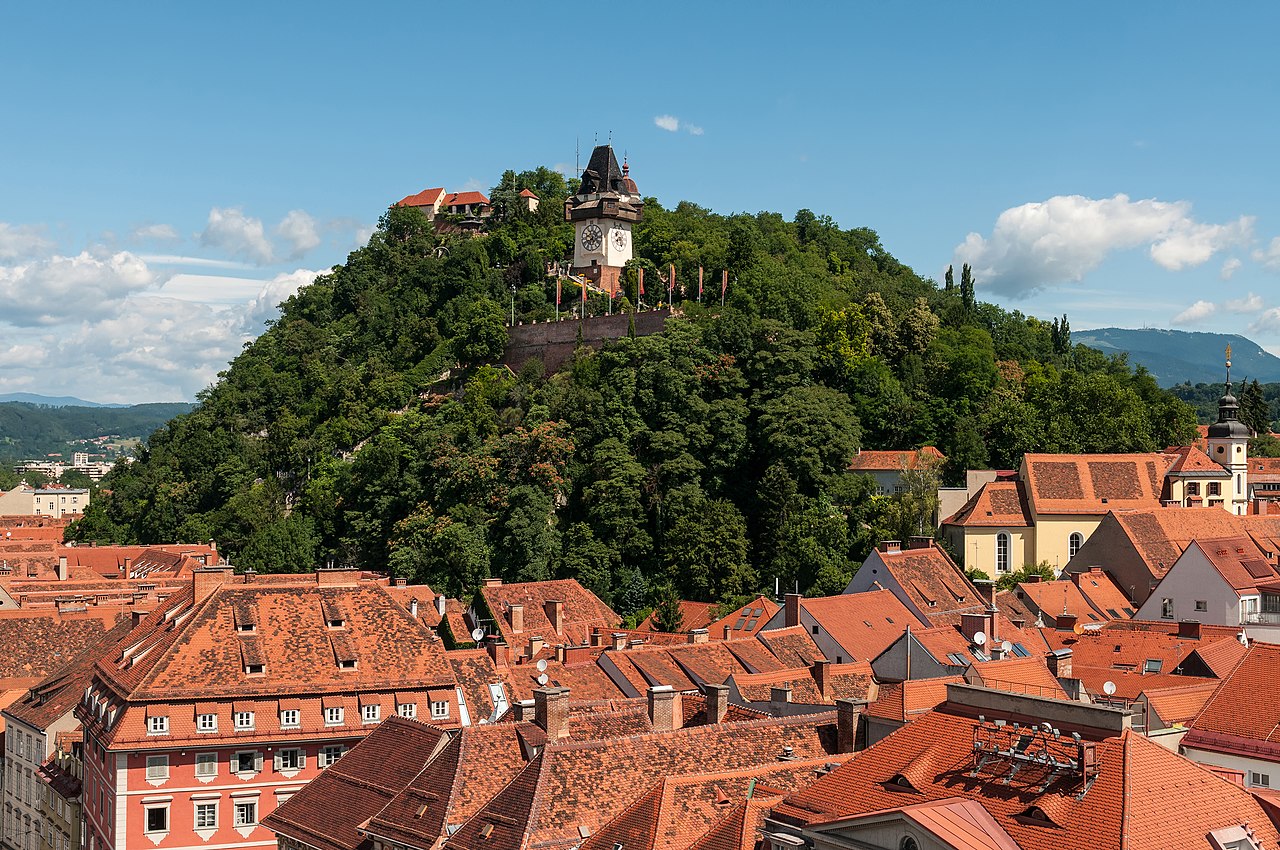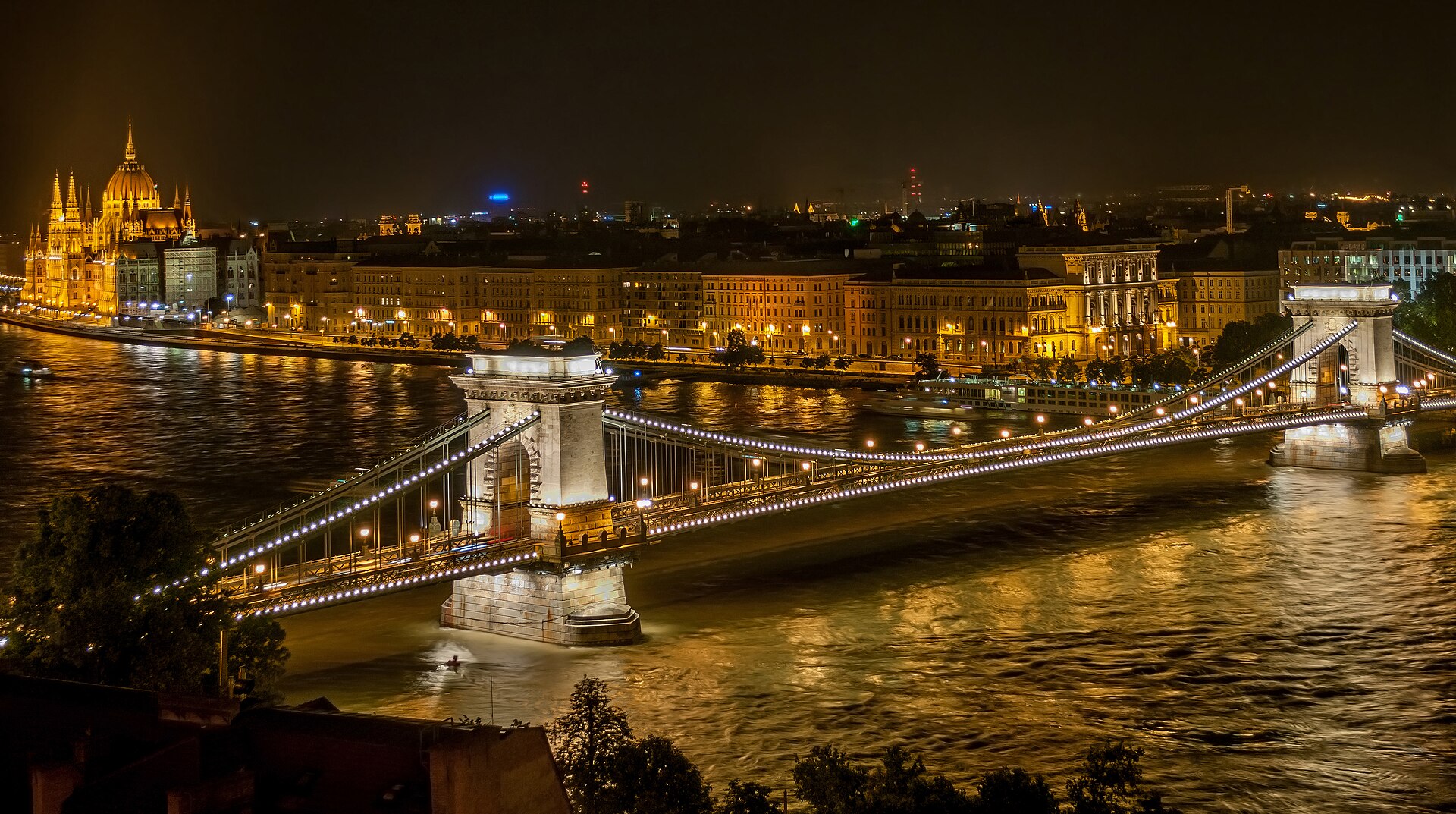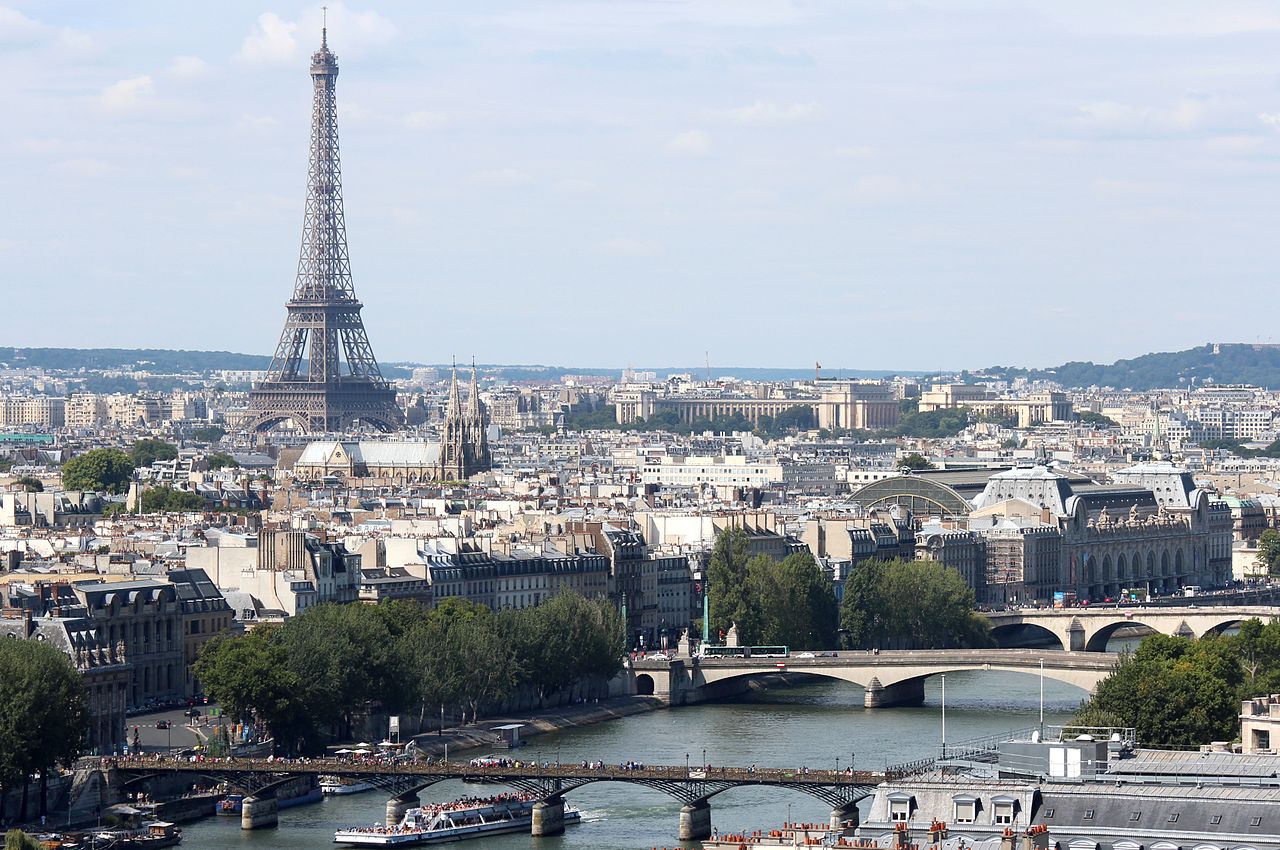Landschlacht, Switzerland, 17 October 2018
(Continued from Canada Slim and the Visionary)
What has gone before….
I visited Serbia this past April and spent a few wonderful days exploring the Serbian capital of Belgrade.

Of the many wonders to explore and of the many things Belgrade and Serbia have to offer, one particular attraction that stands out is the Nikola Tesla Museum.

Nikola Tesla was a great Serb physicist and inventor who almost, but not quite, became an international household name.
Above: Nikola Tesla (1856 – 1943)
Many say that if it were not for occasional stubbornness and a poor sense of financial management, Tesla might have ended up as famous as Edison or Einstein.
Despite a lack of international recognition, Tesla remains a Serbian national hero.
It is his face that currently decorates the 100 dinar note.
In the first part of three (this is the second) I briefly spoke of Hugo Gernsback that made Tesla as famous as he did become and I spoke of his life before he left for the United States.

Above: Hugo Gernsback (1884 – 1967)
What follows is the sad story of a prisoner execution, a deadly blizzard and a very ugly battle between two business magnates with Tesla smack dab in the middle of it all….
But first….
Let there be light.
The first type of widely used electric light was the arc lamp.
These lamps had been around for most of the 19th century but by the late 1870s were beginning to be installed in cities in large scale systems powered by central generating plants.
Arc lighting systems were extremely brilliant and capable of lighting whole streets, factory yards, or the interior of large buildings.
They needed high voltages (above 3,000 volts) and some ran better on alternating current.

Alternating current had been under development for a while in Europe with contributions being made to the field by Guillaume Duchenne (1850s), the dynamo work of Zénobe Gramme, Ganz Works (1870s), Sebastian Ziani de Ferranti (1880s), Lucien Gaulard, and Galileo Ferraris.
The high voltages allowed a central generating station to supply a large area, up to 7-mile (11 km) long circuits since the capacity of a wire is proportional to the square of the current traveling on it, each doubling of the voltage allowed the same size cable to transmit the same amount of power four times the distance.
1880 saw the installation of large-scale arc lighting systems in several US cities including a central station set up by the Brush Electric Company in December 1880 to supply a 2-mile (3.2 km) length of Broadway in New York City with a 3,500–volt demonstration arc lighting system.
The disadvantages of arc lighting were:
It was maintenance intensive, buzzed, flickered, constituted a fire hazard, was really only suitable for outdoor lighting, and, at the high voltages used, was dangerous to work with.
In 1878 inventor Thomas Edison saw a market for a system that could bring electric lighting directly into a customer’s business or home, a niche not served by arc lighting systems.
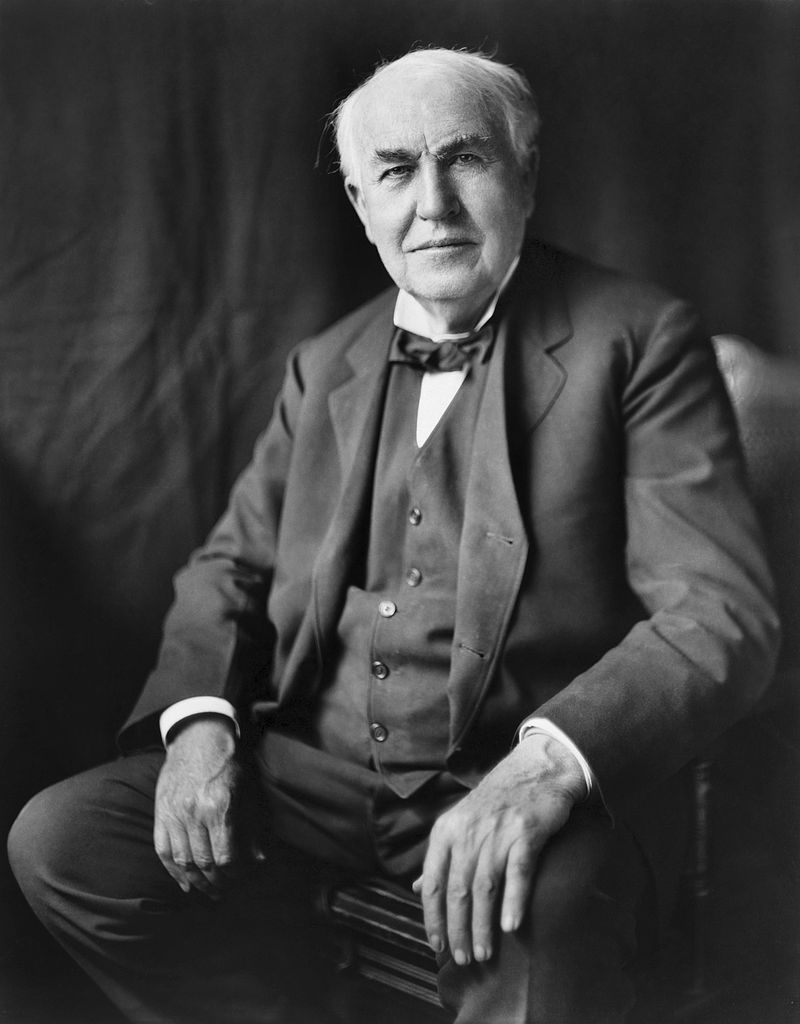
Above: Thomas Edison (1847 – 1931)
By 1882 the investor-owned utility Edison Illuminating Company was established in New York City.
Edison designed his “utility” to compete with the then established gas lighting utilities, basing it on a relatively low 110 volt direct current supply to power a high resistance incandescent lamp he had invented for the system.
Edison direct current systems would be sold to cities throughout the United States, making it a standard with Edison controlling all technical development and holding all the key patents.
Direct current worked well with incandescent lamps, which were the principal load of the day.
Direct-current systems could be directly used with storage batteries, providing valuable load-leveling and backup power during interruptions of generator operation.
Direct-current generators could be easily paralleled, allowing economical operation by using smaller machines during periods of light load and improving reliability.
Edison had invented a meter to allow customers to be billed for energy proportional to consumption, but this meter worked only with direct current.
Direct current also worked well with electric motors, an advantage DC held throughout the 1880s.
The primary drawback with the Edison direct current system was that it ran at 110 volts from generation to its final destination giving it a relatively short useful transmission range:
To keep the size of the expensive copper conductors down generating plants had to be situated in the middle of population centers and could only supply customers less than a mile from the plant.
Starting in the 1880s, alternating current gained its key advantage over direct current with the development of functional transformers that allowed the voltage to be “stepped up” to much higher transmission voltages and then dropped down to a lower end user voltage for business and residential use.
Using induction coils to transfer power between electrical circuits had been around for 40 years with Pavel Yablochkov using them in his lighting system in 1876 and Lucien Gaulard and John Dixon Gibbs using the principle to create a “step down” transformer in 1882, but the design was not very efficient.
A prototype of the high efficiency, closed core shunt connection transformer was made by the Hungarian “Z.B.D.” team (composed of Károly Zipernowsky, Ottó Bláthy and Miksa Déri) at Ganz Works in 1884.

Above: (left to right) Károly Zipernowsky, Otto Bláthy, Miksa Déri
The new Z.B.D. transformers were 3.4 times more efficient than the open core bipolar devices of Gaulard and Gibbs.
Transformers in use today are designed based on principles discovered by the three engineers.
Their patents included another major related innovation:
The use of parallel connected (as opposed to series connected) power distribution.
Ottó Bláthy also invented the first AC electricity meter.
The reliability of this type of AC technology received impetus after the Ganz Works electrified Rome, a large metropolis, in 1886.
In North America the inventor and entrepreneur George Westinghouse entered the electric lighting business in 1884 when he started to develop a DC system and hired William Stanley, Jr. to work on it.

Above: George Westinghouse (1846 – 1914)
Westinghouse became aware of the new European transformer based AC systems in 1885 when he read about them in the UK technical journal Engineering.
He grasped that AC combined with transformers meant greater economies of scale could be achieved with large centralized power plants transmitting stepped up voltage very long distances to be used in arc lighting as well lower voltage home and commercial incandescent lighting supplied via a “step down” transformer at the other end.

Westinghouse saw a way to build a truly competitive system instead of simply building another barely competitive DC lighting system using patents just different enough to get around the Edison patents.
The Edison DC system of centralized DC plants with their short transmission range also meant there was a patchwork of un-supplied customers between Edison’s plants that Westinghouse could easily supply with AC power.
Westinghouse purchased the US patents rights to the Gaulard-Gibbs transformer and imported several of those as well as Siemens AC generators to begin experimenting with an AC-based lighting system in Pittsburgh.
William Stanley used the Gaulard-Gibbs design and designs from the ZBD transformer to develop the first practical transformer.
The Westinghouse Electric Company was formed at the beginning of 1886.
In March 1886 Stanley, with Westinghouse’s backing, installed the first multiple-voltage AC power system, a demonstration incandescent lighting system, in Great Barrington, Massachusetts.
Expanded to the point where it could light 23 businesses along main street with very little power loss over 4000 feet, the system used transformers to step 500 AC volts at the street down to 100 volts to power incandescent lamps at each location.
By fall of 1886 Westinghouse, Stanley, and Oliver B. Shallenberger had built the first commercial AC power system in the US in Buffalo, New York.
By the end of 1887 Westinghouse had 68 alternating current power stations to Edison’s 121 DC-based stations.

Above: William Stanley (1858 – 1916)
To make matters worse for Edison, the Thomson-Houston Electric Company of Lynn, Massachusetts (another competitor offering AC- and DC-based systems) had built 22 power stations.
Thomson-Houston was expanding their business while trying to avoid patent conflicts with Westinghouse, arranging deals such as coming to agreements over lighting company territory, paying a royalty to use the Stanley AC transformer patent, and allowing Westinghouse to use their Sawyer-Man incandescent bulb patent.
Besides Thomson-Houston and Brush there were other competitors at the time included the United States Illuminating Company and the Waterhouse Electric Light Company.
All of the companies had their own electric power systems, arc lighting systems, and even incandescent lamp designs for domestic lighting, leading to constant lawsuits and patent battles between themselves and with Edison.
Elihu Thomson of Thomson-Houston was concerned about AC safety and put a great deal of effort into developing a lightning arrestor for high-tension power lines as well as a magnetic blowout switch that could shut the system down in a power surge, a safety feature the Westinghouse system did not have.
Thomson also worried what would happen with the equipment after they sold it, assuming customers would follow a risky practice of installing as many lights and generators as they could get away with.
He also thought the idea of using AC lighting in residential homes was too dangerous and had the company hold back on that type of installations until a safer transformer could be developed.
Due to the hazards presented by high voltage electrical lines most European cities and the city of Chicago in the US required them to be buried underground.
The City of New York did not require burying and had little in the way of regulation so by the end of 1887 the mishmash of overhead wires for telephone, telegraph, fire and burglar alarm systems in Manhattan were now mixed with haphazardly strung AC lighting system wires carrying up to 6000 volts.
Insulation on power lines was rudimentary, with one electrician referring to it as having as much value “as a molasses covered rag“, and exposure to the elements was eroding it over time.
A third of the wires were simply abandoned by defunct companies and slowly deteriorating, causing damage to, and shorting out the other lines.

In June 1884, Tesla emigrated to the United States from Paris.
He arrived in America with four cents in his pocket (he had been robbed aboard ship), a book of poetry and a letter of recommendation.

“I wish that I could put into words my first impressions of this country.
In the Arabian Tales I read how genii transported people into a land of dreams to live through delightful adventures.
My case was just the reverse.
What I had left was beautiful, artistic and fascinating in every way.
What I saw here was machined, rough and unattractive.
A burly policeman was twirling his stick which looked to me as big as a log.
I approached him politely with the request to direct me.
“Six blocks down, then to the left.“, he said, with murder in his eyes.
“Is this America?“, I asked myself in painful surprise.
“It is a century behind Europe in civilization.”
When I went abroad in 1889 – five years having elapsed since my arrival here – I became convinced that it was more than one hundred years AHEAD of Europe and nothing has happened to this day to change my opinion.”

“The meeting with Edison was a memorable event in my life.
I was amazed at this wonderful man who, without early advantages and scientific training, had accomplished so much.
I had studied a dozen languages, delved in literature and art, and had spent my best years in libraries reading all sorts of stuff that fell into my Hands, from Newton’s Principia to the novels of Paul de Kock, and felt that most of my life had been squandered.

Above: Isaac Newton (1642 – 1727)
But it did not take long before I recognized that it was the best thing I could have done.
Within a few weeks I had won Edison’s confidence and it came about this way:
The SS Oregon, the fastest passenger steamship at the time, had both of its lighting machines disabled and its sailing delayed.
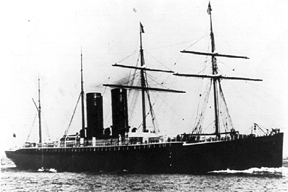
As the superstructure had been built after their installation it was impossible to remove them from the hold.
The predicament was a serious one and Edison was much annoyed.
In the evening I took the necessary instruments with me and went aboard the vessel where I stayed for the night.
The dynamos were in bad condition, having several short circuits and breaks, but with the assistance of the crew I succeeded in putting them in good shape.
At five o’clock in the morning, when passing along 5th Avenue on my way to the shop, I met Edison with Batchelor and a few others as they were returning home to retire.

Above: Charles Batchelor (1845 – 1910)
“Here is our Parisian running around at night.“, he said.
When I told him that I was coming from the Oregon and had repaired both machines, he looked at me in silence and walked away without another word.
But when he had gone some distance I heard him remark:
“Batchelor, this is a damn good man.”
From that time on I had full freedom in directing the work.
For nearly a year my regular hours were from 10:30 am to 5 o’clock the next morning without a day’s exception.
Edison said to me:
“I have had many hard-working assistants but you take the cake.”
During this period I designed 24 different types of standard machines with short cores and of uniform pattern which replaced the old ones.”

(A few notes for those of an unscientific background:
Imagine a blanket that covers everything and stretches into infinity.
Imagine that this blanket consists of two types of energy: that which remains stationary (magnetic) and that which is constantly in motion (electrical).
Further imagine that within all matter there is, on the subatomic level, particles of a positive nature (protons) and a negative nature (electrons) and that they create fields that either attract or repel other particles towards or away from them.
This force’s presence and motions between these particles is manifested in current (how this flow varies over time) by either direct current (DC) or alternating current (AC).
Direct current means that there is a one-way flow from positive magnetic spot to negative magnetic spot.
Alternating current means that the current flow can reverse direction repeatedly.
Direct current means direct contact with a conductor, for example, a copper wire, but much energy is lost as heat due to wire resistance.
Alternating current means that the waves of electromagnetic radiation (manifested in the form of heat) rather than travelling through a wire will instead ride upon the surface of the wire.
Direct current motors sparked, needed constant replacements and servicing, and offered limited range.
But until Tesla no one had found an effective method to create an AC motor.)
Meanwhile, Hugo Gernsback (né Gernsbacher)(1884 – 1967) was born in Luxembourg Ville to Moritz Gernsbacher, a Jewish winemaker, and his wife Berta (née Dürlacher).

Above: Flag of Luxembourg
Tesla began working almost immediately at the Machine Works on Manhattan’s Lower East Side, in an overcrowded shop with a workforce of several hundred machinists, labourers, managing staff and 20 field engineers struggling with the task of building the largest electric utility in New York City.
As in Paris, Tesla was working on troubleshooting installations and improving generators.
Tesla met Thomas Alva Edison only a couple of times.
Edison called Tesla “the Poet of Science“, for both men had very different approaches.
Where Edison was a practical, mercantile, trial and error man, Nikola Tesla was a theoretical, well-educated business-naive visionary who never fully understood the American tendency to disbelief in science unless it was cloaked in the “show me” sensibility.
Tesla had been working at the Machine Works for a total of six months when he quit.
Tesla had made considerable improvements on DC dynamos, but when he approached Edison for the money he had been promised he was told:
“Tesla, you don’t understand American humour.”

Above: Nikola Tesla
This caused Tesla to resign and to form his own company, Tesla Electric Light and Manufacturing, but this came to nought as his investors pulled out over his plan for an alternating current motor.
Soon after leaving the Edison company, Tesla was working on patenting an arc lighting system.
Tesla worked for the rest of the year obtaining the patents that included an improved AC generator, but investors showed little interest in his ideas for new types of alternating current motors and electrical transmission equipment.
By 1886 the inventor was left penniless so he had to work at various electrical repair jobs and as a ditch digger.
In late 1886, Tesla met Alfred S. Brown, a Western Union superintendent, and New York attorney Charles F. Peck.

The two men were experienced in setting up companies and promoting inventions and patents for financial gain.
Based on Tesla’s new ideas for electrical equipment, including a thermo-magnetic motor idea, they agreed to back the inventor financially and handle his patents.
Together they formed the Tesla Electric Company in April 1887, with an agreement that profits from generated patents would go 1/3 to Tesla, 1/3 to Peck and Brown, and 1/3 to fund development.
They set up a laboratory for Tesla at 89 Liberty Street in Manhattan, where he worked on improving and developing new types of electric motors, generators, and other devices.
In 1887, Tesla developed an induction motor that ran on AC, a power system format that was rapidly expanding in Europe and the United States because of the advantages in long-distance, high-voltage transmission.
The motor used polyphase current, which generated a rotating magnetic field to turn the motor.
This innovative electric motor had a simple self-starting design that avoided sparking and the high maintenance of constantly servicing and replacing mechanical brushes.
Along with getting Tesla’s motor patented, Peck and Brown arranged to get the motor publicized, starting with independent testing to verify that it was a functional improvement, followed by press releases sent to technical publications for articles to run concurrent with the issue of the patent.
Physicist William Arnold Anthony (who tested the motor) and Electrical World magazine editor Thomas Commerford Martin arranged for Tesla to demonstrate his AC motor on 16 May 1888 at the American Institute of Electrical Engineers.
Engineers working for the Westinghouse Electric & Manufacturing Company reported to George Westinghouse that Tesla had a viable AC motor and related power system – something Westinghouse needed for the alternating current system he was already marketing.

Westinghouse decided that Tesla’s patent would probably control the market.
In July 1888, Brown and Peck negotiated a licensing deal with George Westinghouse for Tesla’s polyphase induction motor and transformer designs for $60,000 in cash and stock and a royalty of $2.50 per AC horsepower produced by each motor.
Westinghouse also hired Tesla for one year for the large fee of $2,000 ($54,500 in today’s dollars) per month to be a consultant at the Westinghouse Electric & Manufacturing Company’s Pittsburgh labs.
During that year, Tesla worked in Pittsburgh, helping to create an alternating current system to power the city’s streetcars.
He found it a frustrating period because of conflicts with the other Westinghouse engineers over how best to implement AC power.
Between them, they settled on a 60-cycle AC system that Tesla proposed (to match the working frequency of Tesla’s motor), but they soon found that it would not work for streetcars, since Tesla’s induction motor could run only at a constant speed.
They ended up using a DC traction motor instead.
Tesla’s demonstration of his induction motor and Westinghouse’s subsequent licensing of the patent, both in 1888, came at the time of extreme competition between electric companies.
The three big firms, Westinghouse, Edison, and Thompson-Houston, were trying to grow in a capital-intensive business while financially undercutting each other.
There was even a propaganda campaign going on with Edison Electric trying to claim their direct current system was better and safer than the Westinghouse alternating current system.
Competing in this market meant Westinghouse would not have the cash or engineering resources to develop Tesla’s motor and the related polyphase system right away.
The Great Blizzard of 1888 (11 – 14 March 1888) was one of the most severe recorded blizzards in the history of the United States of America.

The storm, referred to as the Great White Hurricane, paralyzed the East Coast from Chesapeake Bay to Maine, as well as the Atlantic provinces of Canada.
Snowfalls of 10 to 58 inches (25 to 147 cm) fell in parts of New Jersey, New York, Massachusetts, Rhode Island, and Connecticut, and sustained winds of more than 45 miles per hour (72 km/h) produced snowdrifts in excess of 50 feet (15 m).
Railroads were shut down, and people were confined to their houses for up to a week.
Railway and telegraph lines were disabled, and this provided the impetus to move these pieces of infrastructure underground.
Emergency services were also affected.
The Great Blizzard of 1888 tore down a large number of the lines, cutting off utilities in the city.
This spurred on the idea of having these lines moved underground but it was stopped by a court injunction obtained by Western Union.
Legislation to give all the utilities 90 days to move their lines into underground conduits supplied by the city was slowly making its way through the government but that was also being fought in court by the United States Illuminating Company, who claimed their AC lines were perfectly safe.
As AC systems continued to spread into territories covered by DC systems, with the companies seeming to impinge on Edison patents including incandescent lighting, things got worse for the company.
The price of copper was rising, adding to the expense of Edison’s low voltage DC system, which required much heavier copper wires than higher voltage AC systems.
Thomas Edison’s own colleagues and engineers were trying to get him to consider AC.
Edison’s sales force was continually losing bids in municipalities that opted for cheaper AC Systems and Edison Electric Illuminating Company president Edward Hibberd Johnson pointed out that if the company stuck with an all DC system it would not be able to do business in small towns and even mid-sized cities.
Edison Electric had a patent option on the ZBD transformer, and a confidential in-house report recommended that the company go AC, but Thomas Edison was against the idea.
After Westinghouse installed his first large scale system Edison wrote in a November 1886 private letter to Edward Johnson:
“Just as certain as death Westinghouse will kill a customer within six months after he puts in a system of any size.
He has got a new thing and it will require a great deal of experimenting to get it working practically.”
Edison seemed to hold a view that the very high voltage used in AC systems was too dangerous and that it would take many years to develop a safe and workable system.
Safety and avoiding the bad press of killing a customer had been one of the goals in designing his DC system and he worried that a death caused by a mis-installed AC system could hold back the use of electricity in general, Edison’s understanding of how AC systems worked seemed to be extensive.
He noted what he saw as inefficiencies and that, combined with the capital costs in trying to finance very large generating plants, led him to believe there would be very little cost savings in an AC venture.
Edison was also of the opinion that DC was a superior system (a fact that he was sure the public would come to recognize) and inferior AC technology was being used by other companies as a way to get around his DC patents.
In February 1888 Edison Electric president Edward Johnson published an 84-page pamphlet titled “A Warning from the Edison Electric Light Company” and sent it to newspapers and to companies that had purchased or were planning to purchase electrical equipment from Edison competitors, including Westinghouse and Thomson Houston, stating that the competitors were infringing on Edison’s incandescent light and other electrical patents.
It warned that purchasers could find themselves on the losing side of a court case if those patents were upheld.
The pamphlet also emphasized the safety and efficiency of direct current, with the claim DC had not caused a single death, and included newspaper stories of accidental electrocutions caused by alternating current.
As arc lighting systems spread so did stories of how the high voltages involved were killing people, usually unwary linemen, a strange new phenomenon that seemed to instantaneously strike a victim dead.

One such story in 1881 of a drunken dock worker dying after he grabbed a large electric dynamo led Buffalo, New York, dentist Alfred P. Southwick to seek some application for the curious phenomenon.
He worked with local physician George E. Fell and the Buffalo ASPCA, electrocuting hundreds of stray dogs, to come up with a method to euthanize animals via electricity.

Southwick’s 1882 and 1883 articles on how electrocution could be a replacement for hanging, using a restraint similar to a dental chair (an electric chair) caught the attention of New York State politicians who, following a series of botched hangings, were desperately seeking an alternative.
An 1886 commission appointed by New York governor David B. Hill, which including Southwick, recommended in 1888 that executions be carried out by electricity using the electric chair.

Above: William Kemmler (1860 – 1890), the world’s first person to be executed by electric chair (6 August 1890)
There were early indications that this new form of execution would become mixed up with the war of currents.
As part of their fact-finding, the commission sent out surveys to hundreds of experts on law and medicine, seeking their opinions, as well as contacting electrical experts, including Elihu Thomson and Thomas Edison.

Above: Elihu Thomson (1853 – 1937)
In late 1887, when death penalty commission member Southwick contacted Edison, the inventor stated he was against capital punishment and wanted nothing to do with the matter.
After further prompting, Edison hit out at his chief electric power competitor, George Westinghouse, in what may have been the opening salvo in the war of currents, stating in a December 1887 letter to Southwick that it would be best to use current generated by “‘alternating machines,’ manufactured principally in this country by George Westinghouse“.
Soon after the execution by electricity bill passed in June 1888, Edison was asked by a New York government official what means would be the best way to implement the state’s new form of execution.
“Hire out your criminals as linemen to the New York electric lighting companies” was Edison’s tongue in cheek answer.
As the number of deaths attributed to high voltage lighting around the country continued to mount, a cluster of deaths in New York City in the spring of 1888 related to AC arc lighting set off a media frenzy against the “deadly arc-lighting current“and the seemingly callous lighting companies that used it.
These deaths included a 15-year-old boy killed on 15 April by a broken telegraph line that had energized with alternating current from a United States Illuminating Company line, a clerk killed two weeks later by an AC line, and a Brush Electric Company lineman killed in May by the AC line he was cutting.
The press in New York seemed to switch overnight from stories about electric lights vs gas lighting to “death by wire” incidents, with each new report seeming to fan public resentment against high voltage AC and the dangerously tangled overhead electrical wires in the city.
Tesla became a US citizen in 1889.
In 1889, Tesla moved out of the Liberty Street shop Peck and Brown had rented and for the next dozen years would work out of a series of workshop/laboratory spaces in Manhattan.
These included a lab at 175 Grand Street (1889–1892), the fourth floor of 33–35 South Fifth Avenue (1892–1895), and sixth and seventh floors of 46 & 48 East Houston Street (1895–1902).

Above: Mark Twain (1835 – 1910) at Tesla’s 5th Avenue laboratory
Tesla and his hired staff would conduct some of his most significant work in these workshops.
In the summer of 1889, Tesla traveled to the Exposition Universelle in Paris and learned of Heinrich Hertz’s 1886–88 experiments that proved the existence of electromagnetic radiation, including radio waves.
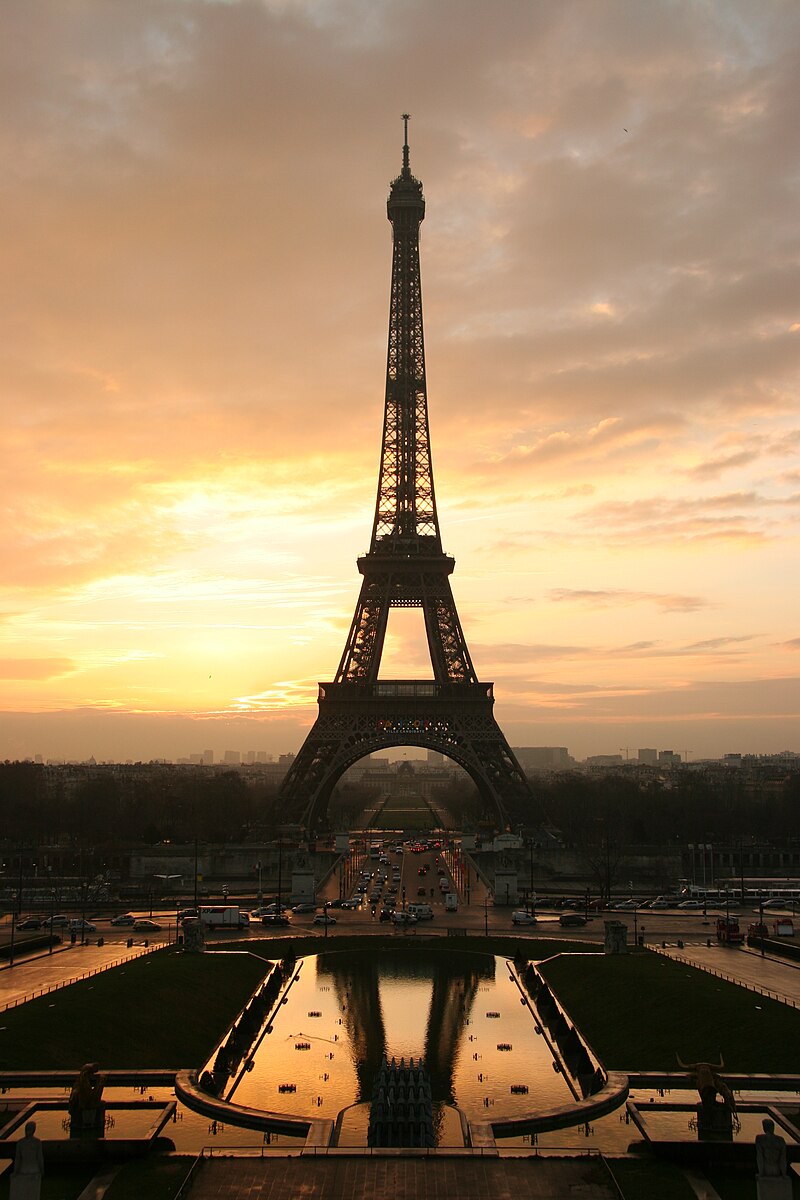
Tesla found this new discovery “refreshing” and decided to explore it more fully.
In repeating, and then expanding on, these experiments, Tesla tried powering a Ruhmkorff coil with a high speed alternator he had been developing as part of an improved arc lighting system but found that the high frequency current overheated the iron core and melted the insulation between the primary and secondary windings in the coil.

To fix this problem Tesla came up with his Tesla coil with an air gap instead of insulating material between the primary and secondary windings and an iron core that could be moved to different positions in or out of the coil.
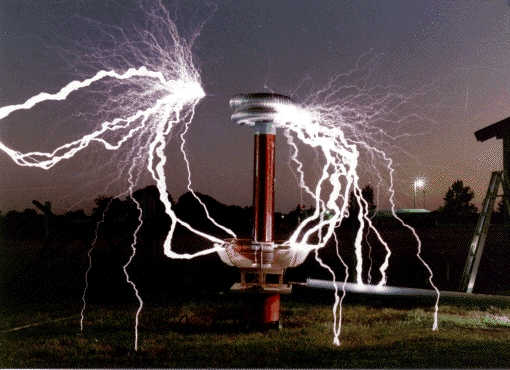
Two years after signing the Tesla contract, Westinghouse Electric was in trouble.
The near collapse of Barings Bank in London triggered the financial panic of 1890, causing investors to call in their loans to Westinghouse Electric.

The sudden cash shortage forced the company to refinance its debts.
The new lenders demanded that Westinghouse cut back on what looked like excessive spending on acquisition of other companies, research, and patents, including the per motor royalty in the Tesla contract.
At that point, the Tesla induction motor had been unsuccessful and was stuck in development.
Westinghouse was paying a $15,000-a-year guaranteed royalty even though operating examples of the motor were rare and polyphase power systems needed to run it were even rarer.
After 1890, Tesla experimented with transmitting power by inductive and capacitive coupling using high AC voltages generated with his Tesla coil.
He attempted to develop a wireless lighting system based on near-field inductive and capacitive coupling and conducted a series of public demonstrations where he lit Geissler tubes and even incandescent light bulbs from across a stage.

He would spend most of the decade working on variations of this new form of lighting with the help of various investors but none of the ventures succeeded in making a commercial product out of his findings.
In 1891 Tesla established his own laboratory in Houston Street, where he lit up vacuum tubes as evidence for the potential of wireless power transmission.
In early 1891, George Westinghouse explained his financial difficulties to Tesla in stark terms, saying that, if he did not meet the demands of his lenders, he would no longer be in control of Westinghouse Electric and Tesla would have to “deal with the bankers” to try to collect future royalties.
The advantages of having Westinghouse continue to champion the motor probably seemed obvious to Tesla and he agreed to release the company from the royalty payment clause in the contract.
At the beginning of 1893, Westinghouse engineer Benjamin Lamme had made great progress developing an efficient version of Tesla’s induction motor and Westinghouse Electric started branding their complete polyphase AC system as the “Tesla Polyphase System“.
Westinghouse Electric asked Tesla to participate in the 1893 World’s Columbian Exposition in Chicago where the company had a large space in a building devoted to electrical exhibits.

Westinghouse Electric won the bid to light the Exposition with alternating current and it was a key event in the history of AC power, as the company demonstrated to the American public the safety, reliability, and efficiency of a fully integrated alternating current system.
Tesla showed a series of electrical effects related to alternating current as well as his wireless lighting system, using a demonstration he had previously performed throughout America and Europe.
These included using high-voltage, high-frequency alternating current to light a wireless gas-discharge lamp.
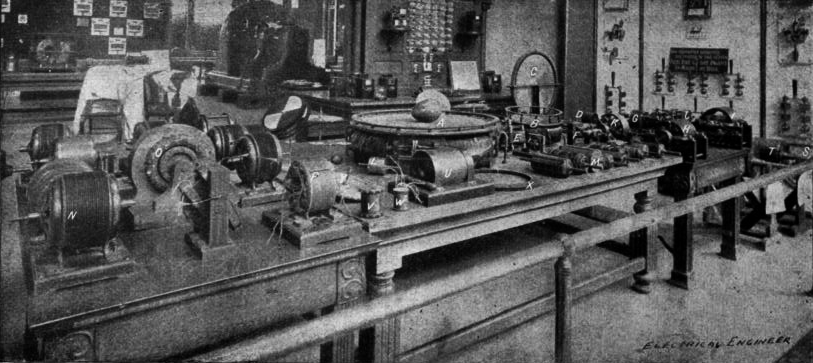
An observer noted:
“Within the room were suspended two hard-rubber plates covered with tin foil.
These were about fifteen feet apart and served as terminals of the wires leading from the transformers.
When the current was turned on, the lamps or tubes, which had no wires connected to them, but lay on a table between the suspended plates, or which might be held in the hand in almost any part of the room, were made luminous.
These were the same experiments and the same apparatus shown by Tesla in London about two years previous, where they produced so much wonder and astonishment.”
Tesla also explained the principles of the rotating magnetic field in an induction motor by demonstrating how to make a copper egg stand on end, using a device that he constructed known as the Egg of Columbus and introduced his new steam powered oscillator AC generator.

At St. Louis’s Franklin Institute in Philadelphia and the National Electric Light Association, Tesla told his audience that he was sure a system like his could eventually conduct “intelligible signals or perhaps even power to any distance without the use of wires” by conducting it through the Earth.
Edward Dean Adams, who headed up the Niagara Falls Cataract Construction Company, sought Tesla’s opinion on what system would be best to transmit power generated at the falls.

Over several years, there had been a series of proposals and open competitions on how best to use power generated by the falls.
Among the systems proposed by several US and European companies were two-phase and three-phase AC, high-voltage DC and compressed air.
Adams pumped Tesla for information about the current state of all the competing systems.
Tesla advised Adams that a two-phased system would be the most reliable, and that there was a Westinghouse system to light incandescent bulbs using two-phase alternating current.
The company awarded a contract to Westinghouse Electric for building a two-phase AC generating system at the Niagara Falls, based on Tesla’s advice and Westinghouse’s demonstration at the Columbian Exposition that they could build a complete AC system.
At the same time, a further contract was awarded to General Electric to build the AC distribution system.
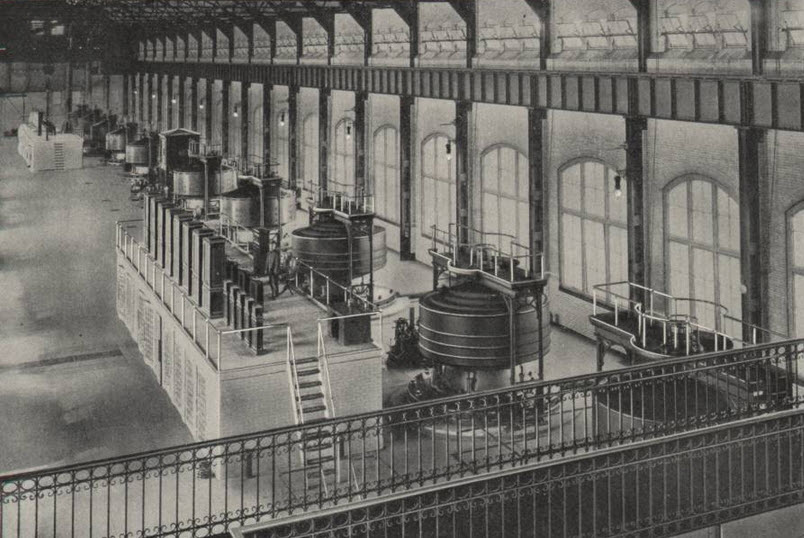
In 1897 Westinghouse purchased Tesla’s patent for a lump sum payment of $216,000 as part of a patent-sharing agreement signed with General Electric (a company created from the 1892 merger of Edison and Thompson-Houston).
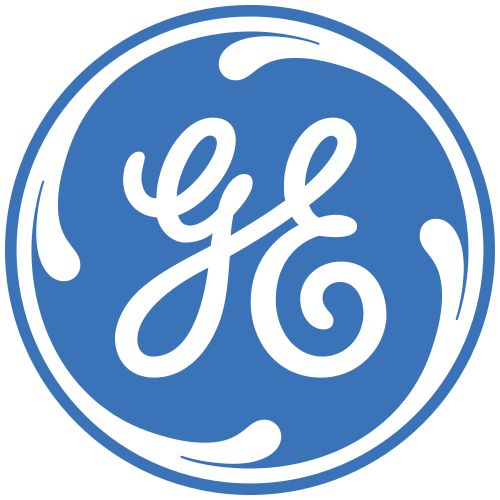
The money Tesla made from licensing his AC patents made him independently wealthy and gave him the time and funds to pursue his own interests.
And it would be this pursuit of his own interests that would take a highly-respected engineer and, through Hugo Gernsback, make him into a legend….

Sources: Wikipedia / Nikola Tesla, My Inventions





